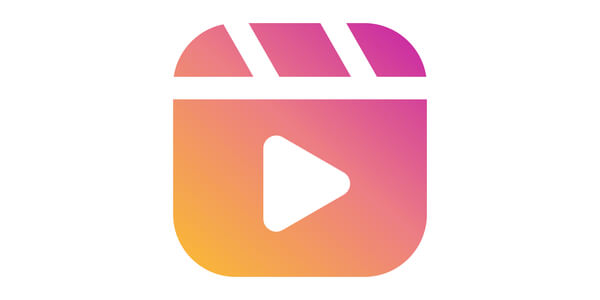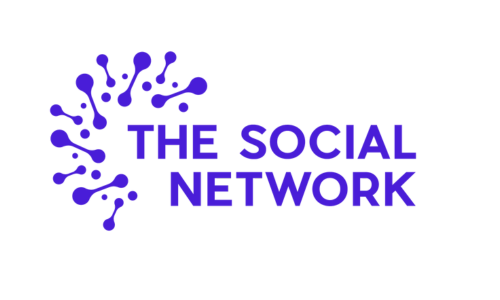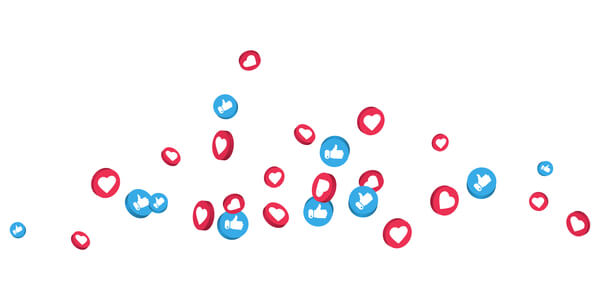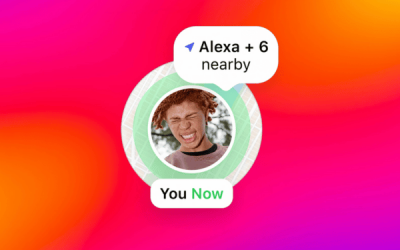One of the most common phrases related to Marketing is credited to John Wanamaker who famously stated “Half the money I spend on advertising is wasted; the trouble is I don’t know which half”.
Unfortunately, that statement is still true to this day, especially on Social Media, mainly thanks to the dreaded A-word. Algorithm.
Fear not, for Instagram feel our pain and have recently released an article designed to ‘shed more light on how Instagram works’.
Adam Mosseri, Head of Instagram and former Facebook Executive, explains how they are looking to do a ‘better job of explaining how Instagram works’ to eliminate any misconceptions and improve users understanding to help build trust in the platform.
These insights will be shared across a series of updates – so watch this space. However, for now, Instagram is diving deeper into common questions such as:
• How does Instagram decide what shows up for me first?
• Why do some of my posts get more views than others?
• How does Instagram decide what to show me in Explore?
Starting with the biggie: What is An Algorithm?
Instagram ‘want to make the most of your time’ and they believe ‘using technology to personalise your experience is the best way to do that’.
For those early adopters of Instagram back in 2010, you may remember the stream of photos would appear in chronological order. However, as the platform grew in popularity, this was soon determined to be an issue where users were missing up to 70% of posts.
Enter: the algorithm – kind of. According to Mosseri, there is not a single almighty algorithm that influences what users do or don’t see on the app. In fact, they utilise a variety of algorithms, classifiers, and processes.
Instagram want to rank posts ‘based on what you care about most’ and this covers the Feed, Explore and Reels. Each area of the app applies its own algorithm to understand how people use it and how best tailor their content.
Community Guidelines
Mosseri shared that at Instagram, they ‘always want to lean towards letting people express themselves, but when someone posts something that may jeopardize another person’s safety, we step in’.
The app has a set of Community Guidelines that apply to the content shared across the entire platform, which is designed to keep people safe. If content goes against their Guidelines it will be taken down and eventually, the account will be restricted from sharing and, ultimately, suspended.
Furthermore, any misinformation shared will be labelled as such and be shown lower down the priority order in the Feed and on Stories. Multiple misinformation offences will result in content rarely being shown.
How Instagram Rank Posts
The algorithm can be broken down into stages and then applied to each area of the app. Take Stories for example, where users are looking for their closest friends updates. Explore, however, is primarily used to discover something new. Instagram understands this and is working hard to show the most relevant content for each segment.
Feed & Stories
Mosseri goes on to say that Instagram ‘start by defining the set of things we plan to rank in the first place’. Feed and Story content is determined by the most recent posts shared by those you follow. The exception here are any intermittent Instagram Ads.
Instagram then monitor ‘signals’ which are based on which posts users engage with the most.
Signals include:
• Information about the post
Including how popular the post is based on how many people have liked it and details such as what time it was posted, from where and, if it’s a video, how long it is.
• Information about the person who posted
Based on how interesting the person may be to a user, including how many times they have engaged with them recently.
• Your activity
Such as how many posts you’ve liked.
• Your history of interacting with someone
Engagement with another user indicates interest. For example, commenting on each other’s posts.
From here, Instagram makes ‘predictions’ to determine how likely a user is to interact with posts in different ways. According to Mosseri, the five interactions looked at most closely for Stories and the Feed are how likely you are to:
1. Spend a few seconds on a post
2. Comment on a post
3. Like a post
4. Save a post
5. Tap on the profile photo
In short, the more likely a user is to make one of the above actions, the higher up the feed you’ll see the post. Instagram also aim not to show too many posts from the same account in quick succession. The more you use the app, even if your behaviour changes in any way, the more signals Instagram add and remove, thus evolving their predictions and understanding of each user.
Another interesting process revealed by Mosseri was the value placed on Stories that were ‘reshared’ from a feed – we’ve all seen that ‘New Post’ prompt! Previously, Instagram valued these less due to users desire to see original Stories. However, recently due to an increase in reshared posts in big moments the value has been increased.
Explore
According to Instagram, ‘Explore was designed to help you discover new things’.
The Explore grid is made up of recommendations from Instagram for accounts that you don’t already follow. To determine what’s new but still relevant to a user, Instagram use signals based on previous interactions from that user and similar interactions from users on the same content and other accounts.
Mosseri explains this best:
‘Let’s say you’ve recently liked a number of photos from San Francisco’s dumpling chef Cathay Bi (@dumplingclubsf). We then look at who else likes Cathay’s photos, and then what other accounts those people are interested in. Maybe people who like Cathay are also into the SF dim sum spot @dragonbeaux.
In that case, the next time you open Explore, we might show you a photo or video from @dragonbeaux. In practice, this means that if you’re interested in dumplings you might see posts about related topics, like gyoza and dim sum, without us necessarily understanding what each post is about.’
Instagram take this information and order the posts based on how interested they think you’re going to be in them, similar to how they rank the Feed and Stories. The main actions for the Explore page are likes, shares and saves.
The most influential signals for Explore include:
• Information about the post
Other users engagement is important here, including how many have liked, commented, shared or saved the post.
• Your history of interacting with the person who posted
Although you’ve likely never heard of the majority of users found in Explore, if you have and interacted with them previously you’re more likely to see their (or similar) content again.
• Your activity
Such as posts you’ve liked, commented on or saved previously in Explore.
• Information about the person who posted
Such as how many times people have interacted with that person recently.
The Community and Recommendations Guidelines also strongly apply to the Explore page. The way Instagram sees it is if someone you choose to follow shares something offensive that’s somewhat between you and them.
If Instagram is recommending offensive content on the Explore page, that’s a whole other issue. Therefore, Instagram avoids recommending content that is potentially upsetting or sensitive.

Reels
Mosseri’s article explains, ‘Reels is designed to entertain you’.
Reels are often from accounts that you don’t follow so the process is similar to Explore for how Instagram identify relevant and entertaining content. A user will see Reels Instagram think they might like, ordered by how interested they’re likely to be.
The app has surveyed people and asked whether they find specific reels entertaining or funny and use this feedback to improve their algorithm.
The predictions Instagram make include
• How likely you are to watch a reel all the way through
• Like a Reel
• Say it was entertaining or funny
• Go to the audio page (this indicates whether or not you might be inspired to make your own reel)
The most important signals for Reels include:
• Your activity
Including Reels you’ve commented on, liked or engaged with recently. These signals tell Instagram what is most likely to be relevant to you.
• Your history of interacting with the person who posted
Similar to Explore, Reels are most likely to be by users you’ve not interacted with before but if you have then Instagram will know how interested you are in any of their new content.
• Information about the Reel
For example, the audio track, pixels and frames, as well as popularity.
Ensure you have the correct Instagram account to get access to all audio.
• Information about the person who posted
Speaking of popularity, this plays a big part in the reach of a Reel. Instagram is looking to share ‘compelling content from a wide array of people and give everyone a chance to find their audience’.
Of course, the same Recommendation Guidelines are applied to Reels. Additionally, Instagram avoids Reels that are low-resolution, contain watermarks or focus on political issues.
Snap Map vibes on Instagram: What the new Instagram Map Feature means for Irish users
Instagram’s newly unveiled Map feature, launched in the United States on 6 August 2025, is now...
Google Can Now See Your Instagram
Google Can Now See Your Instagram. Act Accordingly. Public posts from business and creator...
A social media consultant can help you keep on top of social media changes. Sometimes when platforms change their approach people throw away their strategy and start again. Talking to a consultant can help you remain calm and tweak your strategy rather than starting again.








